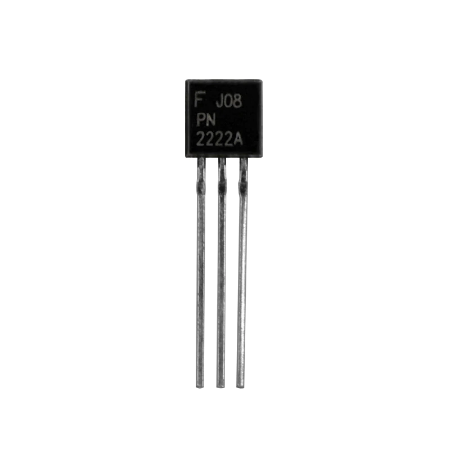

A discrete transistor has three leads for connection to these regions. The regions of a BJT are called emitter, base, and collector. NPN BJT with forward-biased B–E junction and reverse-biased B–C junctionĬharge flow in a BJT is due to diffusion of charge carriers (electrons and holes) across a junction between two regions of different charge carrier concentration. N-type means doped with impurities (such as phosphorus or arsenic) that provide mobile electrons, while p-type means doped with impurities (such as boron) that provide holes that readily accept electrons. An NPN transistor comprises two semiconductor junctions that share a thin p-doped region, and a PNP transistor comprises two semiconductor junctions that share a thin n-doped region. ( July 2012) ( Learn how and when to remove this template message)īJTs exist as PNP and NPN types, based on the doping types of the three main terminal regions. Please help improve it to make it understandable to non-experts, without removing the technical details. This section may be too technical for most readers to understand.

The arrow on the symbol for bipolar transistors indicates the p–n junction between base and emitter and points in the direction in which conventional current travels. In this article, current arrows are shown in the conventional direction, but labels for the movement of holes and electrons show their actual direction inside the transistor. On the other hand, inside a bipolar transistor, currents can be composed of both positively charged holes and negatively charged electrons. Because electrons carry a negative charge, they move in the direction opposite to conventional current. However, current in metal conductors is generally due to the flow of electrons. Specialized types are used for high voltage switches, for radio-frequency (RF) amplifiers, or for switching high currents.īy convention, the direction of current on diagrams is shown as the direction that a positive charge would move. Bipolar transistors are still used for amplification of signals, switching, and in mixed-signal integrated circuits using BiCMOS.

Hundreds of bipolar junction transistors can be made in one circuit at very low cost.īipolar transistor integrated circuits were the main active devices of a generation of mainframe and minicomputers, but most computer systems now use CMOS integrated circuits relying on field-effect transistors. Diffused transistors, along with other components, are elements of integrated circuits for analog and digital functions. The superior predictability and performance of junction transistors quickly displaced the original point-contact transistor. The junctions can be made in several different ways, such as changing the doping of the semiconductor material as it is grown, by depositing metal pellets to form alloy junctions, or by such methods as diffusion of n-type and p-type doping substances into the crystal. A bipolar transistor allows a small current injected at one of its terminals to control a much larger current flowing between the terminals, making the device capable of amplification or switching.īJTs use two p–n junctions between two semiconductor types, n-type and p-type, which are regions in a single crystal of material. In contrast, a unipolar transistor, such as a field-effect transistor (FET), uses only one kind of charge carrier. From top to bottom: TO-3, TO-126, TO-92, SOT-23ģD model of a TO-92 package, commonly used for small bipolar transistorsĪ bipolar junction transistor ( BJT) is a type of transistor that uses both electrons and electron holes as charge carriers.


 0 kommentar(er)
0 kommentar(er)
